The life of Paul Ramsay shows that business people don’t have to be ruthless to succeed. Many will find this hard to credit but, on the evidence here, they don’t even have to be super-smart, highly educated, or single-minded either. As Angela Shanahan’s charming and thoughtful biography makes clear, Ramsay’s business life was a kind of proof-of-concept for Dale Carnegie’s dictum that ‘if you do the right thing by others, they’ll (mostly) do the right thing by you’. By being loyal to others and by trusting them to get on with tidying things up after him, most notably his career-long right-hand man Michael Siddle, his accountant of 40 years Peter Evans, and his organiser-cum-sounding-board of three-decades-plus Marjorie Brislee – and by using them to build a close-knit team that was as much an extended family as a standard corporation – Ramsay ultimately built one of the world’s largest hospital groups with 480 facilities in 11 countries and nearly 80,000 staff.
Like so many really successful people, Ramsay was a slow starter: an unremarkable student and university drop-out who spent the first half of his 20s mostly idling in Europe at his father’s expense. Eventually, he scraped together the money for a Mosman boarding house that couldn’t find a buyer, and converted it into a private psychiatric facility, because he’d worked out that these received a substantial government subsidy. Business was non-existent until he poached a psychiatrist who was in dispute with a rival facility’s management. Here was another lesson that Ramsay grasped at the very beginning of his life as hospital owner: keep the doctors happy.
Armed with this determination to listen rather than talk; to shine a light on others rather than be centre of attention himself; to try to be helpful wherever he could; and never to lose a friend, and with first Siddle and then Evans and Brislee at his side, on impulse as much as by plan, he started the long process of accumulation that was to make him one of the country’s richest men.
It wasn’t all plain-sailing. The first time Ramsay Health Care went public, the investors lost money and many resented Ramsay buying it back at a fraction of its initial value. But he’d learnt from his troubles; and $10,000 worth of shares in the second Ramsay float in 1997 would currently be worth over $600,000.
Shanahan tells Ramsay’s life story principally through the recollections of his legion of friends and the people whose lives he touched: his friends from school days; the sporting crowd he met largely through Siddle; Brislee who became a kind of adopted older sister; Siddle’s daughter Charlotte who became a kind of adopted niece; the young Russian he sponsored into business who became a kind of adopted son; and later friendships with people in public life such as John Howard and Nick Greiner. For all his success in business, Ramsay almost never ‘big-noted’ himself and when he did there was often a hint of semi-conscious parody; as when he boasted that he’d once scored all the tries for Riverview in a famous match against Joeys, knowing that his side had lost 47-3!
As I can attest from a friendship that began on a car trip in 1973, when Paul drove to a regatta in Canberra the rowing crew his Jesuit brother John was coaching, Ramsay was nearly always doing something for others; hardly ever seeking anything for himself. To everyone he knew, his first words were invariably an emphatic ‘so how ARE you?’ followed by ‘is there anything I can do to HELP?’
Starting from 2010, after becoming opposition leader had given me, I thought, the ‘standing’ to presume on our friendship, I put it to Paul that he should use a big chunk of his fortune to do something unique: not simply to support the usual range of philanthropic causes but to promote the Western canon, in which he and I had both been educated, but which was slipping out of school curricula and was widely derided at university. The result, after much research from Julian Leeser, now a federal MP, and with the enthusiastic backing of his trustees Siddle, Evans and Tony Clark, was the Ramsay Centre for Western Civilisation. By funding ‘great books’ courses at Australian universities, offering Rhodes-like leadership scholarships at the world’s best universities to young Australians with an interest in the Western canon, and by promoting talks from some of the world’s finest thinkers, Ramsay hoped to foster a stronger sense of the history and the values, the respectful curiosity and the urge-to-be-better, on which our freedom, fairness and prosperity rest. After a rocky start, there are now Ramsay courses at Queensland and Wollongong universities and the first Ramsay scholars should go to Oxford and Harvard next year (with funding from the Ramsay Foundation that’s been guaranteed for at least the first eight years).
Ramsay never married and never had children. As Shanahan tells it, there were gaps in his life that friendship and acts of generosity couldn’t quite fill. Yet it’s hard to imagine a more decent man or a more productive life. Naturally, there’s the happiness and the inspiration that he brought to an unusually wide and eclectic circle. There’s the hospitals he created and the good they continue to do. But over and above the legacy of more conventional donors, there’s all the hearts and minds that his bequest should shape for generations to come. He wore his Catholicism lightly but deeply. Let’s hope, as it teaches, that this good soul might have some sense of how grateful we are.
Got something to add? Join the discussion and comment below.
Get 10 issues for just $10
Subscribe to The Spectator Australia today for the next 10 magazine issues, plus full online access, for just $10.
You might disagree with half of it, but you’ll enjoy reading all of it. Try your first month for free, then just $2 a week for the remainder of your first year.

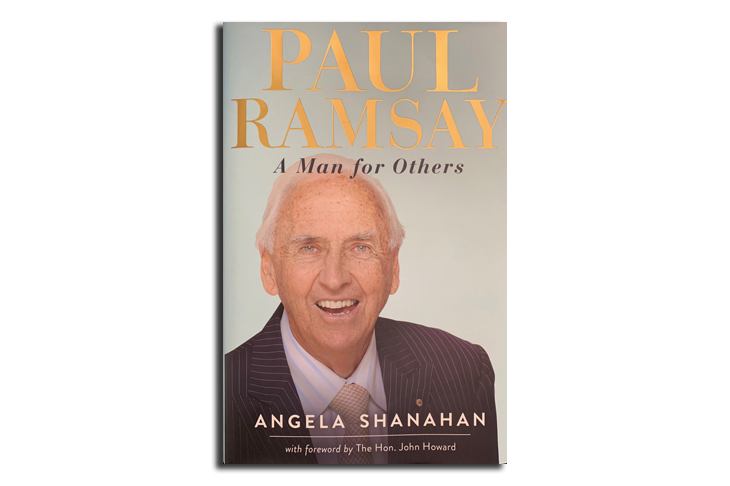
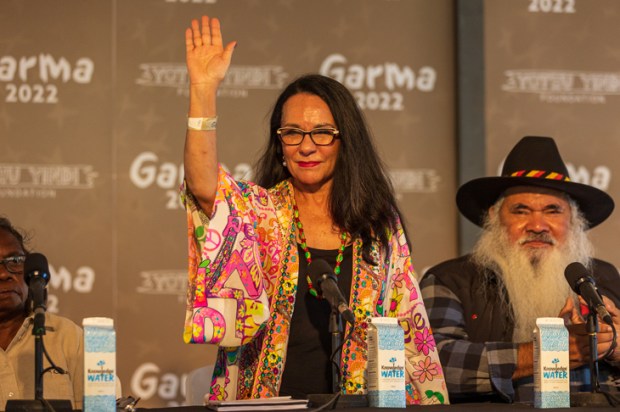
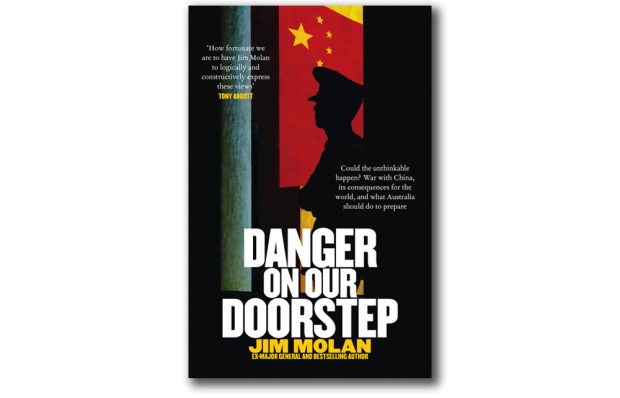
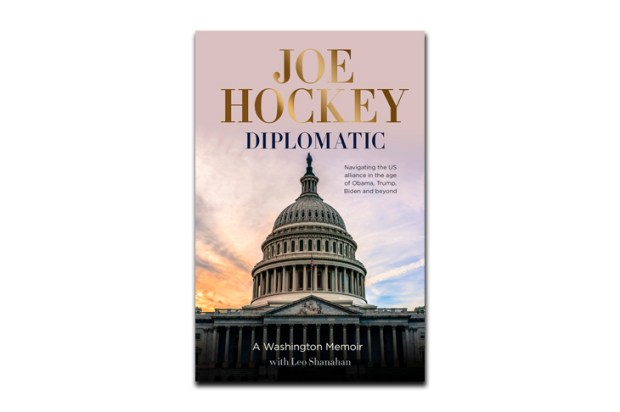
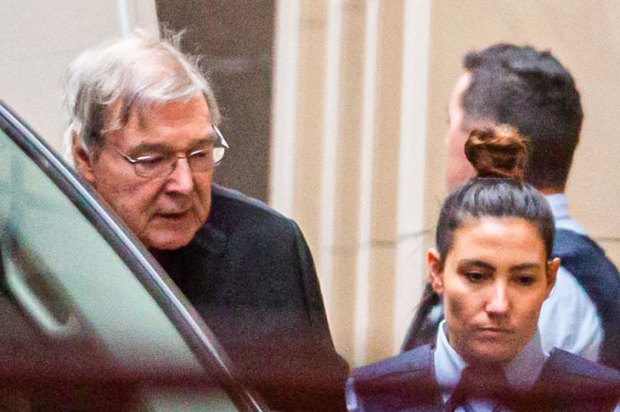
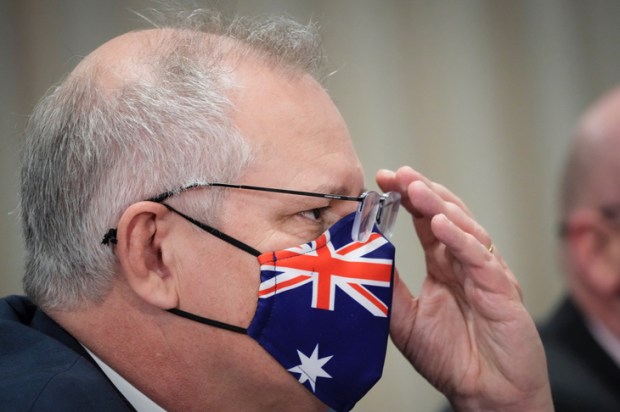
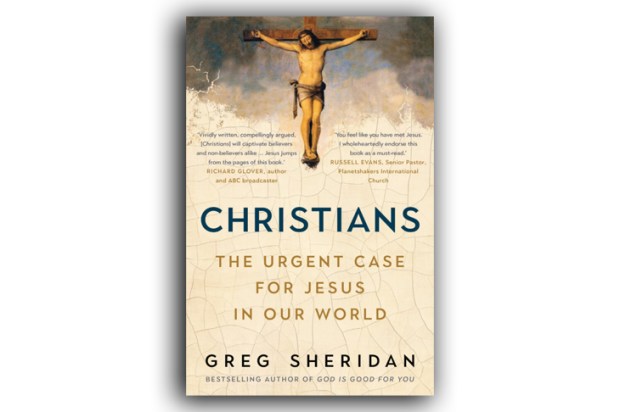






Comments
Don't miss out
Join the conversation with other Spectator Australia readers. Subscribe to leave a comment.
SUBSCRIBEAlready a subscriber? Log in